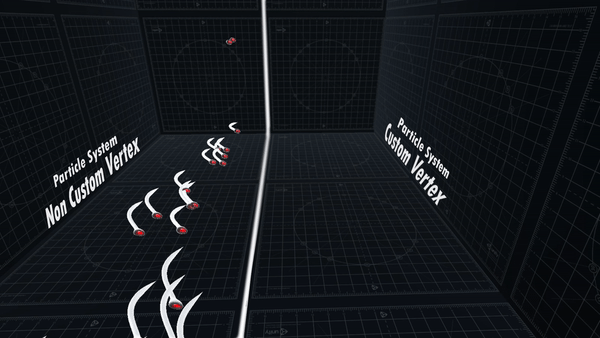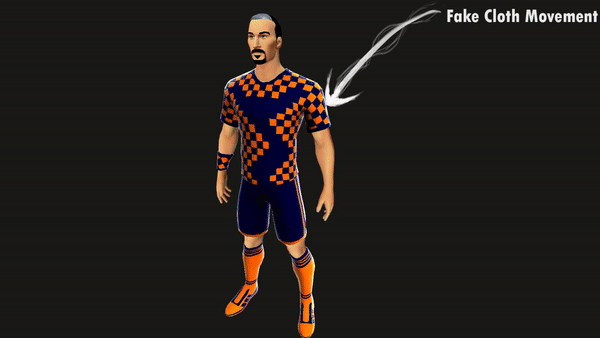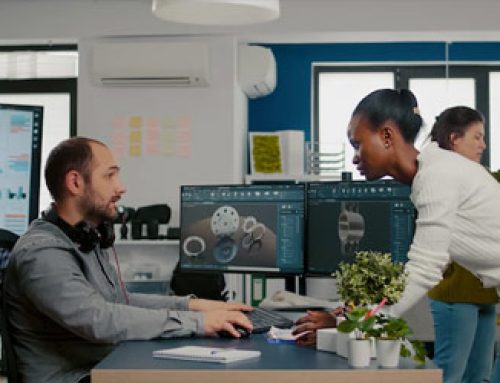Bringing 3D Models to Life: Vertex Animation with Shaders
Introduction
In the world of computer graphics and game development, creating dynamic and lifelike animations is a crucial part of crafting immersive experiences. Vertex animation using shaders is a powerful technique that allows developers and artists to manipulate the positions of a 3D model’s vertices in real time. In this blog, we’ll explore the concept of vertex animation through shaders, its applications, and how to implement it to bring your 3D models to life.
Understanding Vertex Animation with Shaders
Vertex animation with shaders is all about altering the positions of a 3D model’s vertices using custom shader programs. Each vertex represents a point in 3D space, and by manipulating these points, you can achieve a wide range of dynamic effects and animations. Unlike traditional animations that rely on keyframes or skeletal rigs, vertex animation gives you precise control over the movement and deformation of a model.
Types of Vertex Animation
There are several methods to achieve vertex animation using shaders. I have some examples with the Methods below.
Procedural Animation: Procedural animation relies on mathematical functions and algorithms to modify the vertex positions. This approach is highly flexible and can be used for creating dynamic effects like water ripples, cloth simulation, and more.
Displacement Mapping: Displacement mapping involves using texture maps to displace vertex positions. The color or grayscale values in the texture map determine the amount and direction of displacement. This is often used for terrain deformation and other complex effects.
Noise-Based Animation: Noise functions can be used to introduce randomness and organic movement into vertex animations. Perlin noise, for example, can simulate natural phenomena such as fire or flowing water.
Applications of Vertex Animation with Shaders
Vertex animation with shaders finds applications in various aspects of 3D graphics and game development
Character Animation: Shaders can be used to create lifelike character animations, including walking, running, and complex facial expressions.
Special Effects: This technique is essential for generating realistic special effects like water ripples, fire, smoke, and dynamic particle systems through Custom Vertex Stream.
Cloth Simulation: Realistic cloth movement, draping, and folding can be convincingly animated using shaders.
Environment Dynamics: In open-world games, vertex animation with shaders can bring the environment to life, with swaying trees, fishes , grass, and other natural elements responding to dynamic environmental factors.
Implementing Vertex Animation with Shaders
Here are the fundamental steps to implement vertex animation with shaders:
Shader Creation: Create a custom shader that operates on vertex positions.
Vertex Displacement: Within the shader, define how vertex positions should be displaced. This can involve mathematical operations, texture sampling, noise functions, or a combination of these.
Time-Based Animation: Use time-based functions to ensure that the animation evolves over time, creating dynamic and continuous motion.
Final Output: Output the final vertex positions from the shader, allowing the GPU to render the animated mesh.
Challenges and Considerations
Artistic Skill: Creating convincing vertex animations requires a strong understanding of 3D modeling, animation principles, and shader programming.
Conclusion
Vertex animation with shaders is a valuable tool for developers and artists, offering the freedom to create dynamic and captivating animations for 3D models. Whether you’re working on a video game, film, or interactive 3D experience, understanding and mastering vertex animation with shaders can elevate your creative possibilities. By manipulating vertices through shader programs, you can craft immersive and engaging 3D worlds that captivate audiences and enhance the overall user experience.
Join our newsletter
Volutpat vel turpis nulla lorem sed semper. Aliquam sagittis sem libero viverra vehicula nullam ut nisl.







